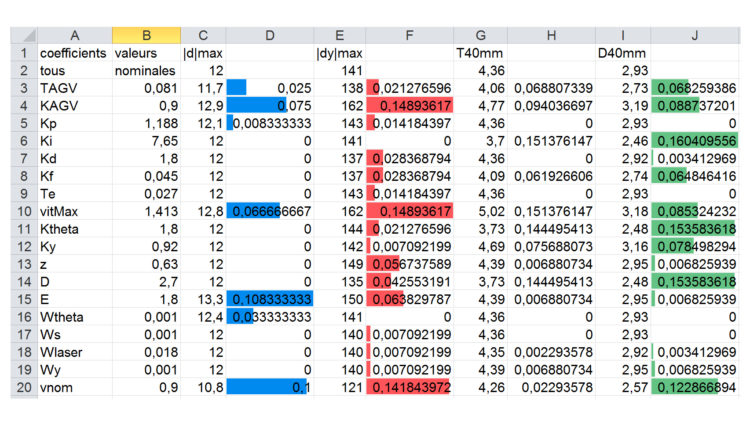Sensitivity study: what for?
What is your situation?
- I am participating in the design of an underwater mechanical and articulated system, which has to meet particular performance specifications. How can I find the best compromise between reducing the production cost and high performance?
- Starting from a preliminary design project, I need to optimise the configuration of my future manufacturing factory to get the best efficiency possible and respect environmental constraints. How can I do that?
- The control system of my industrial gas production installation is updated and I would like to take advantage of the opportunity to enhance the gas quality control and increase production by 2%. What is the correct approach?
In each of these cases, a sensitivity study is a great way to help you make the right decision.

